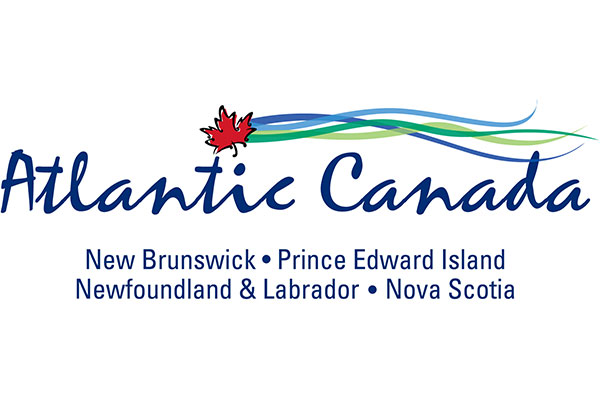Cruise for fresh sea air? It’s 20 times worse than city centre

French documentary claims the concentration of harmful particles in the air on board cruise ships was 20 times worse than in the city
Passengers on a cruise ship could be inhaling "60 times higher concentrations of harmful air pollutants " than they would in natural air settings, Naturschutzbund Deutschland (NABU), a German environmental association, recently warned.
The air quality on board a cruise ship just after it left Marseille, measured by a journalist for the French documentary television series Thalassa and analysed by NABU, revealed that at peak levels, the concentration of harmful ultra-fine particles was up to 200 times higher than it would be in natural fresh air surroundings and 20 times worse than in the busy city centres of some port cities, including Venice, Marseille, Hamburg and Barcelona, with heavy traffic.
Four out of five ships were found to not be equipped with any exhaust gas cleaning system
"The longest recording was conducted for a time period of almost 50 minutes where an average of 60,000 particles per cubic centimeter of air were documented. As a comparison: a fresh sea breeze at that altitude should usually be at around 1,000 – 2,000 particles at maximum. So passengers inhaled 60 times higher concentrations of harmful air pollutants," Daniel Rieger, a transport policy officer and researcher for NABU who analysed the data told Telegraph Travel.
Now the German Lung Association and the Pneumologists Association have warned passengers against staying on deck or inhaling ships’ exhaust gases as this could cause acute exacerbations of chronic obstructive pulmonary disease (COPD) if you suffer from lung diseases, Mr Rieger said.
"Moreover they warn that ultra-fine particles are very dangerous, lead to lung diseases, heart attacks, strokes and are also linked to diabetes and cause deterioration for asthma and COPD patients," he added.
He warned that the latest results are most likely indicative of the poor air quality on nearly all cruise ships.
But Helge Grammerstorf, the German national director of the Cruise Lines International Association (CLIA) and a former ship captain and ship broker, denied the validity of the measurements, arguing that a more systematic test over a longer period of time is required rather than the recent selective sample of measurements taken.
"We don’t know these measurements. The claim is completely unsubstantiated," he told Hamburger Abendblatt, a German daily newspaper.
Said the CLIA: "For several years, the German NGO NABU (represented in France by France Nature Environnement) has questioned the air pollution generated by cruise ships. However, the information provided by NABU shows that these tests were performed during a 45-minute timeframe. It is very unclear what the reported concentration actually means as it is does not appear to be the average concentration and the, the graphs published on NABU’s website show very sudden and short peak concentrations which are not highlighted or explained."
"CLIA wishes to underline the commitment of its member companies to respect the regulations in force to protect the environment wherever they operate. Environmental sustainability is at the heart of their economic models. Although the cruise industry represents less than 1% of the world’s marine fleet, it has been the absolute leader in the development and deployment of environmental technology innovations for decades."
"CLIA member companies take great care to ensure that each new generation of ships is "greener" than the previous one. The installation of exhaust gas cleaning systems is one of many measures that cruise companies are implementing on newly built ships to reduce emissions of air pollutants such as SOx (sulphur dioxide). Thanks to the exhaust gas cleaning systems, these emissions have been reduced by more than 90%. CLIA members are also working to fit existing ships with these technologies."
"The cruise industry has also taken a leading role in the development and use of emission reduction technologies for years. Working closely with suppliers and manufacturers, it constantly seeks to develop and deploy new technological solutions. Its members are currently working on the development of particulate filters, exhaust gas cleaning systems, alternative marine fuels, and the use of liquefied natural gas both when docked and at sea, among other innovative measures. With these emission reduction measures, they not only seek to comply with existing regional and international regulations but in many cases go far beyond existing legal requirements."
The CLIA claims on environmental sustainability:
- The cruise line member companies of CLIA have invested more than a billion dollars in technologies to minimise emissions and alternative fuel systems
- CLIA is working with the IMO to implement mandatory measures to reduce CO2 emissions of new ships by 30% by 2025.
- Some cruise ships recycle or re-use almost 100% of the waste produced on board (reducing, reusing, giving, recycling and transforming waste into energy).
- Cruise ship waste management professionals recycle an average of 60% more waste per day per passenger than a person on shore.
- Cruise ships use environmentally friendly and non-toxic industrial coatings on ship hulls to reduce fuel consumption by 5%
- The cruise industry has introduced an advanced sewage treatment system that can produce healthier water than those produced by sewage treatment systems in the majority of coastal cities in the United States
Sources the Daily Telegraph and CLIA
See also: Princess Cruises illegally pollute UK coastline lie to cover it up:
Fined $40 million and 78 other Carnival ships now on environment probation
Valere Tjolle
 United Kingdom
United Kingdom United States
United States Asia Pacific
Asia Pacific












































Dozens fall ill in P&O Cruises ship outbreak
Turkish Airlines flight in emergency landing after pilot dies
Boy falls to death on cruise ship
Unexpected wave rocks cruise ship
Woman dies after going overboard in English Channel